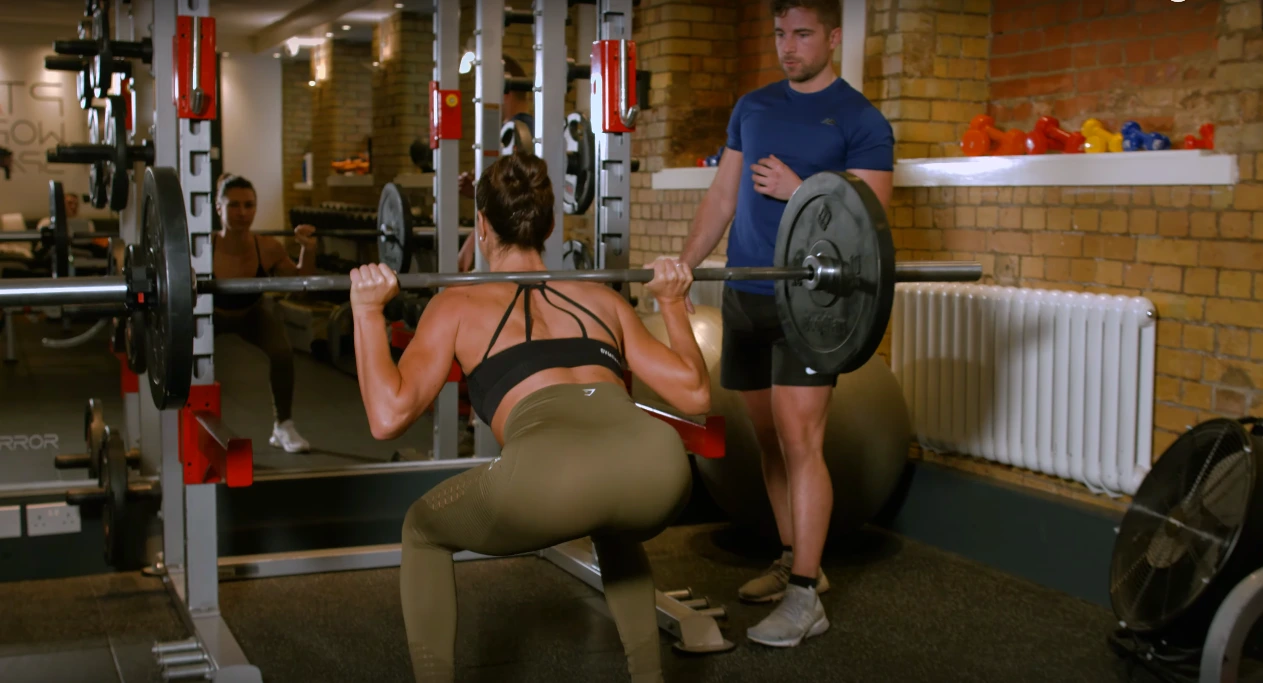Personal Trainers: In-Person vs. Online – Which is Right for You?
In today’s fitness landscape, the options for personal training are more diverse than ever. With the rise of online platforms and virtual coaching, many individuals are reaping the benefits of remote guidance and digital workouts. However, amidst this digital revolution, the traditional approach of in-person personal training still holds its ground, offering unique advantages that online training simply can’t match.
Benefits of In-Person Training
In-person training provides the invaluable benefit of physical interaction between the trainer and the trainee. This direct contact allows for real-time adjustments to form and technique, ensuring optimal performance and injury prevention.
Benefits of Online Training
Online training offers unparalleled convenience, allowing individuals to access personalized workouts and guidance anytime, anywhere. With flexible scheduling and the freedom to train at one’s own pace, online platforms democratize fitness.
Drawbacks of In-Person Training
Despite its benefits, in-person training may pose challenges such as scheduling conflicts and location dependence. Coordinating sessions around busy lifestyles or commuting to the gym can be cumbersome for some individuals.
Drawbacks of Online Training
While online training offers convenience, it may lack real-time feedback and personalized adjustments. Additionally, technology barriers such as internet connectivity or access to equipment can hinder the training experience.
Factors to Consider
When deciding between in-person and online training, several factors come into play. Consider your fitness goals, preferred learning style, and budget constraints to determine the most suitable option for your needs.
Choosing the Right Option
Ultimately, the decision boils down to personal preferences and the level of professional guidance required. Some individuals thrive in the dynamic environment of in-person training, while others appreciate the flexibility and autonomy offered by online platforms.
While online training offers convenience and flexibility, in-person personal training remains a powerful option for those seeking a more personalized, hands-on approach to fitness. Whether you thrive in a gym environment or prefer the guidance of a trainer by your side, the choice between in-person and online training ultimately depends on your individual preferences, goals, and needs.
Why in-person personal training stands out from its online counterpart
Here are 6 compelling reasons why in-person personal training stands out from its online counterpart:
1. Personalized Experience
In-person training offers a tailored and personalized experience that goes beyond what online platforms can provide. Trainers have the ability to observe clients’ form, technique, and progress firsthand, allowing for immediate feedback and adjustments based on individual needs.
2. Hands-On Instruction
With in-person training, clients benefit from hands-on instruction and guidance, ensuring proper form and technique. Trainers can physically demonstrate exercises and provide tactile cues, enhancing the overall learning experience.
3. Real-Time Adaptability
In-person trainers can adapt workouts in real-time, taking into account clients’ feedback, energy levels, and performance. This flexibility ensures that each session is optimized for maximum results and client satisfaction.
4. Motivation and Accountability
The physical presence of a trainer during in-person sessions provides an extra layer of motivation and accountability. Clients are more likely to push themselves and stay committed to their fitness goals when working face-to-face with a trainer.
5. Building Relationships and Trust
In-person training fosters deeper connections and trust between trainers and clients. Face-to-face interactions allow for meaningful conversations, shared experiences, and emotional support, creating a strong bond that enhances the training experience.
6. Physical Environment and Resources
In-person training takes place in a physical environment, such as a gym or studio, providing access to a wide range of equipment and resources. Trainers can leverage this environment to create diverse and dynamic workouts tailored to clients’ goals and preferences.
In-person personal training is the way to go if you want real results. Why? First of all, you get that hands-on guidance and motivation that’s hard to replicate online. Plus, your personal trainer can tailor the workouts to your specific needs and push you to your limits. And let’s not forget the accountability factor – having someone physically there with you makes it much harder to slack off. So, ditch the virtual workouts and get yourself a kick-ass personal trainer!
Additional Top 5 Blogs of Note:
In-Person vs Online Personal Training: An Honest Comparison (strengthmatters.com)
Online vs In-Person Personal Training: Which is Better? (accelerate-coaching.com)
Online Personal Training: Guide to Maximise Your Fitness Journey (educatefitness.co.uk)
In-Person vs. Online Training: What Does the Research Say? – Continu
Online Personal Training Vs In Person | Personal Trainer Authority
Nathan Head Trainer & Founder
P.S If you are interested in finding out about Fitness, why not take a look at the personal trainers who already work with us.
Our Locations 🏠
🏠 PT Workspace Islington: 87-89 Shepperton Rd, London N1 3DF
👉Maps https://maps.app.goo.gl/n5Lr4ozrtphZhyr27
Personal Training in Islington – PT WorkSpace
🏠 PT Workspace Milton Keynes Personal Training Studio: Unit 5, Campbell Wharf, Overgate, Milton Keynes MK9 4BG.
👉Maps https://maps.app.goo.gl/cr8PSSECkXHZXrmU6
Personal Training Milton Keynes – PT WorkSpace
🏠 PT Workspace Harrow Personal Training Studio: Roxeth House, Shaftesbury Ave, South Harrow, Harrow HA2 0PZ
👉Maps https://maps.app.goo.gl/n5Lr4ozrtphZhyr27
Personal Training Harrow – PT WorkSpace
